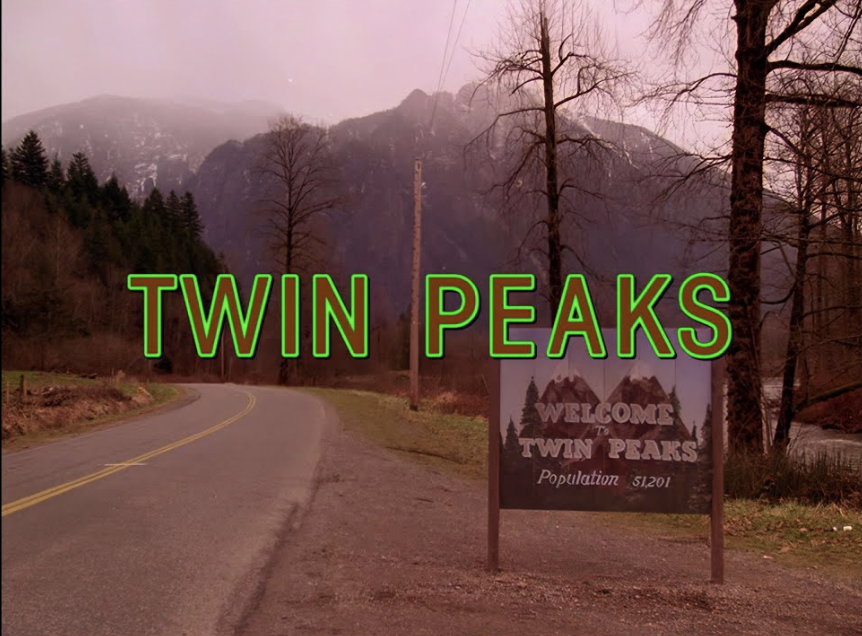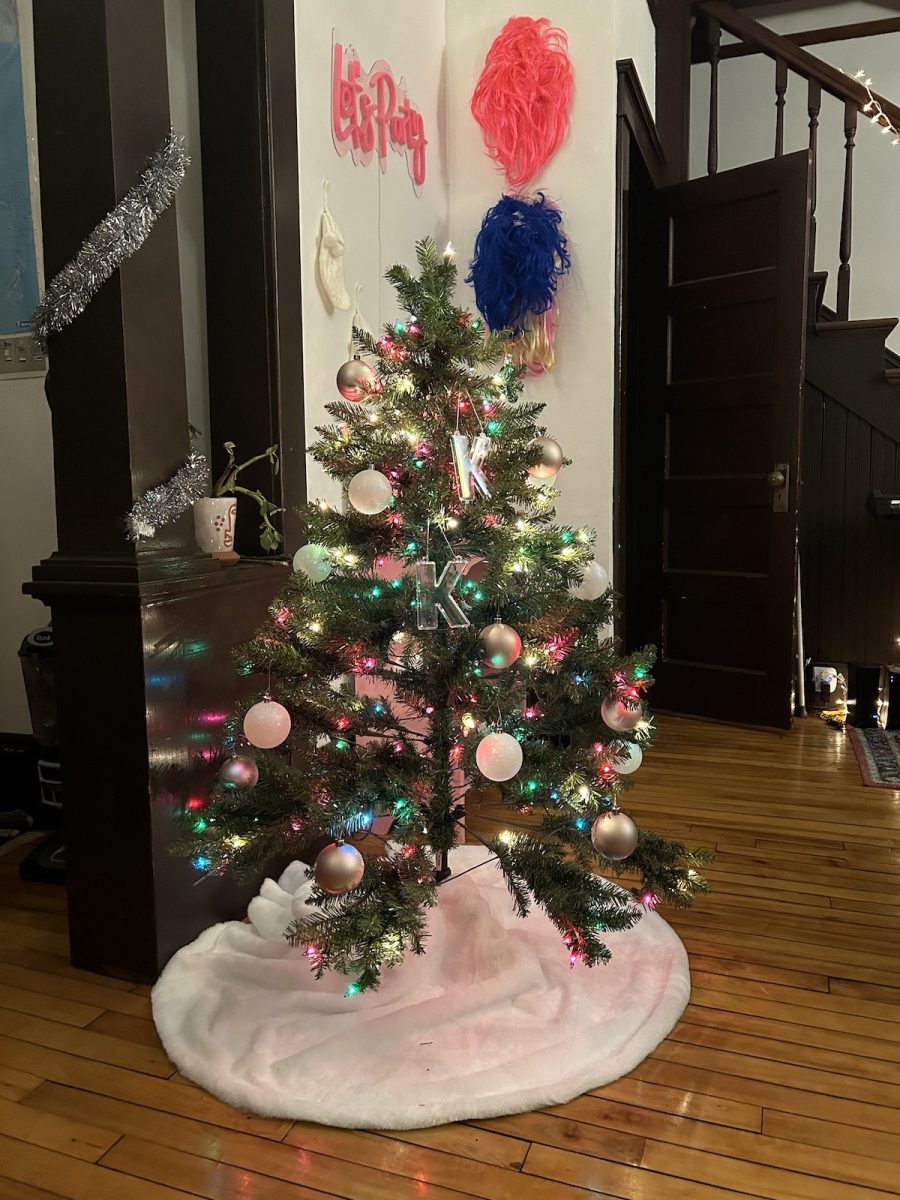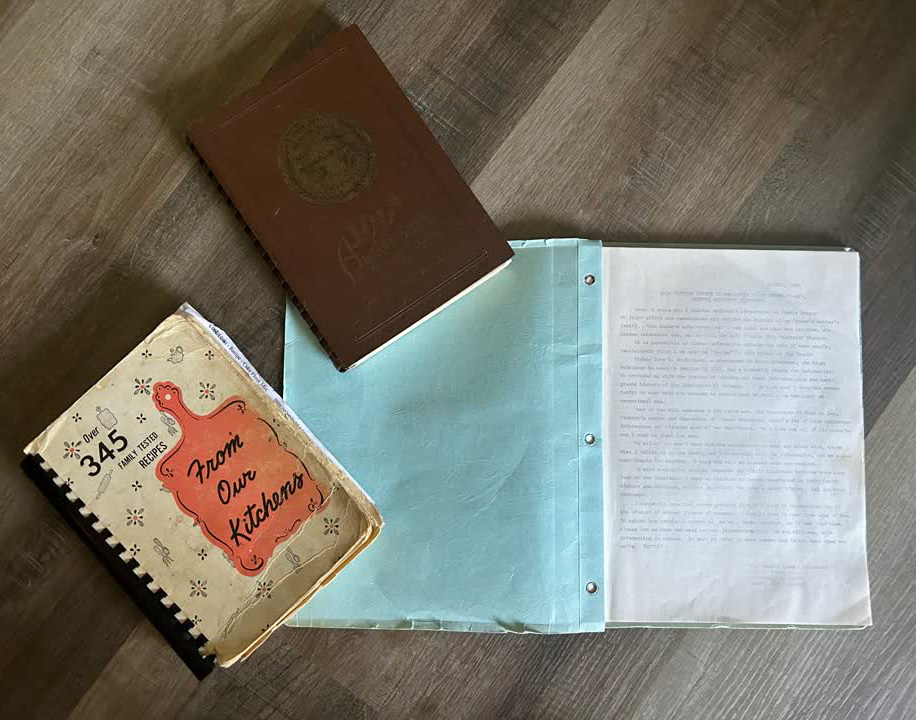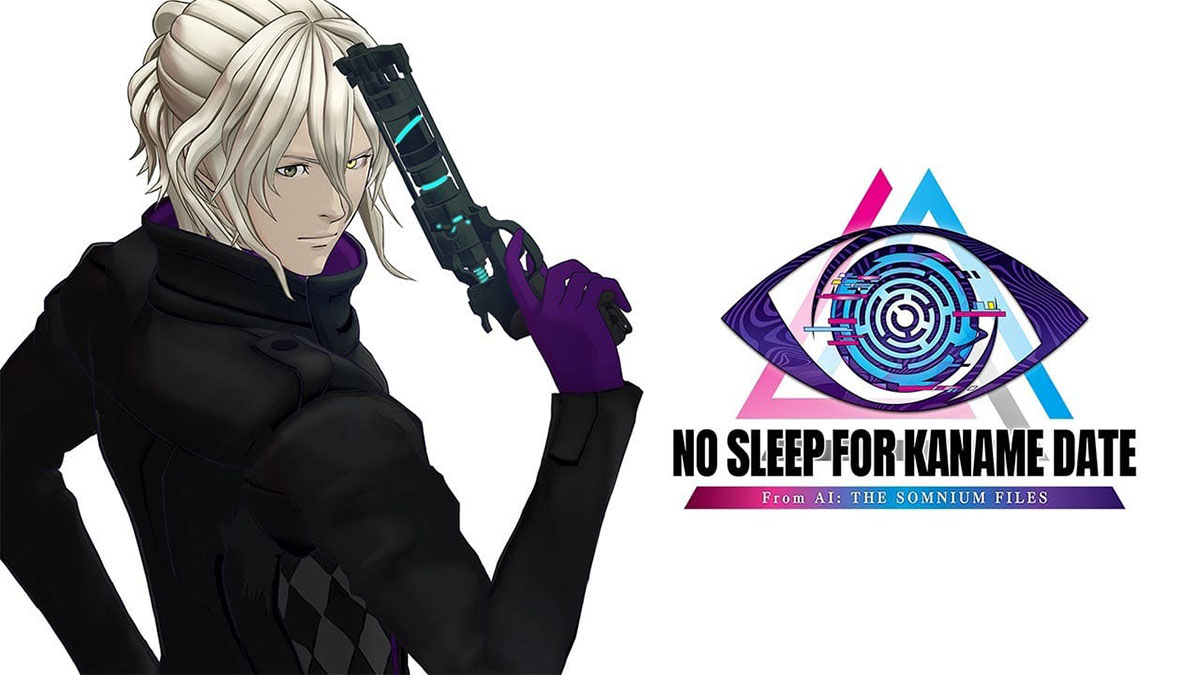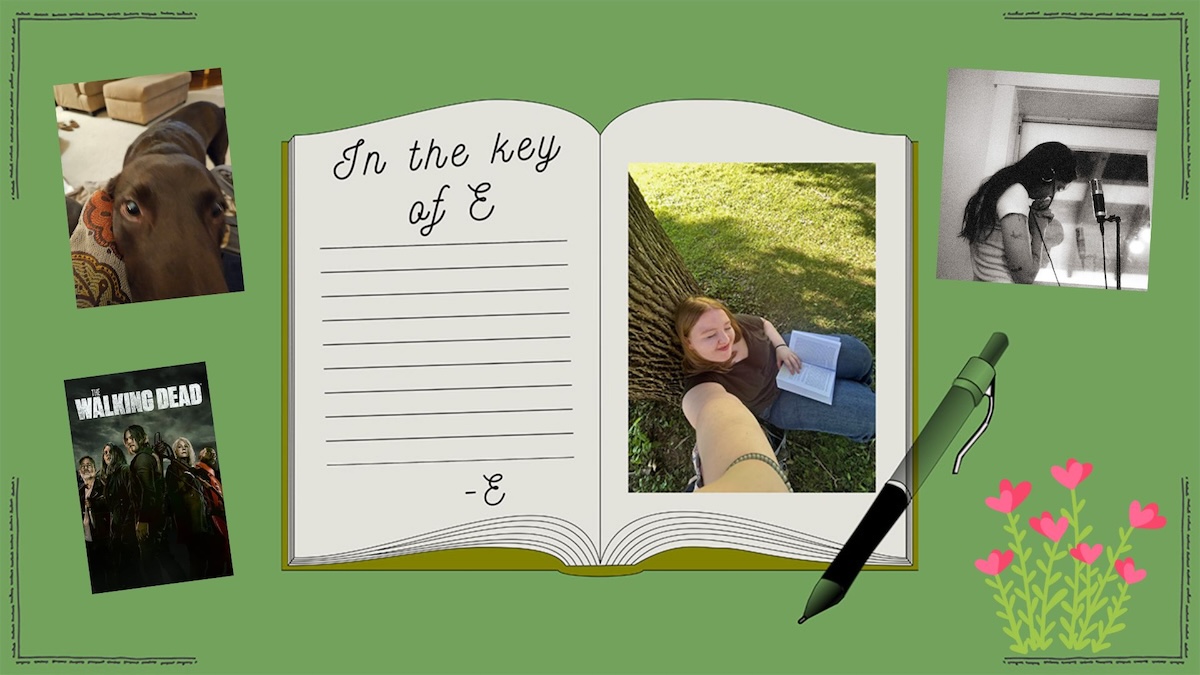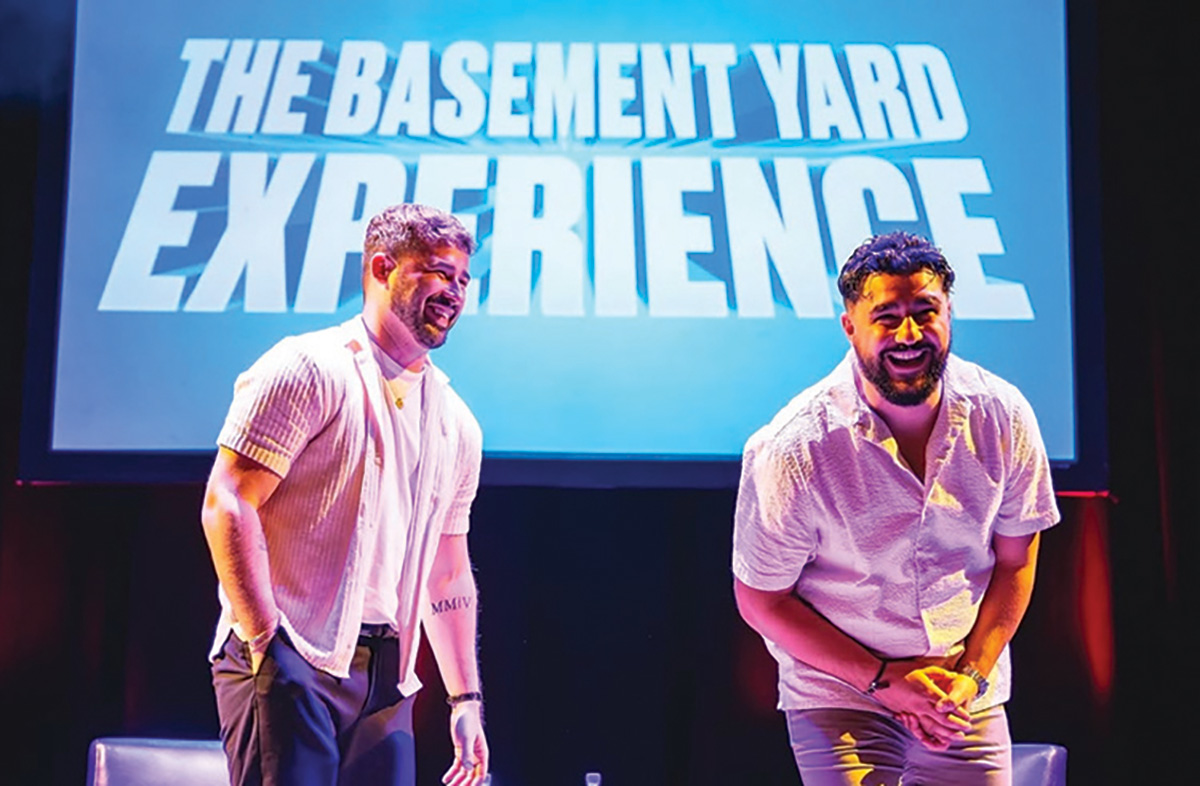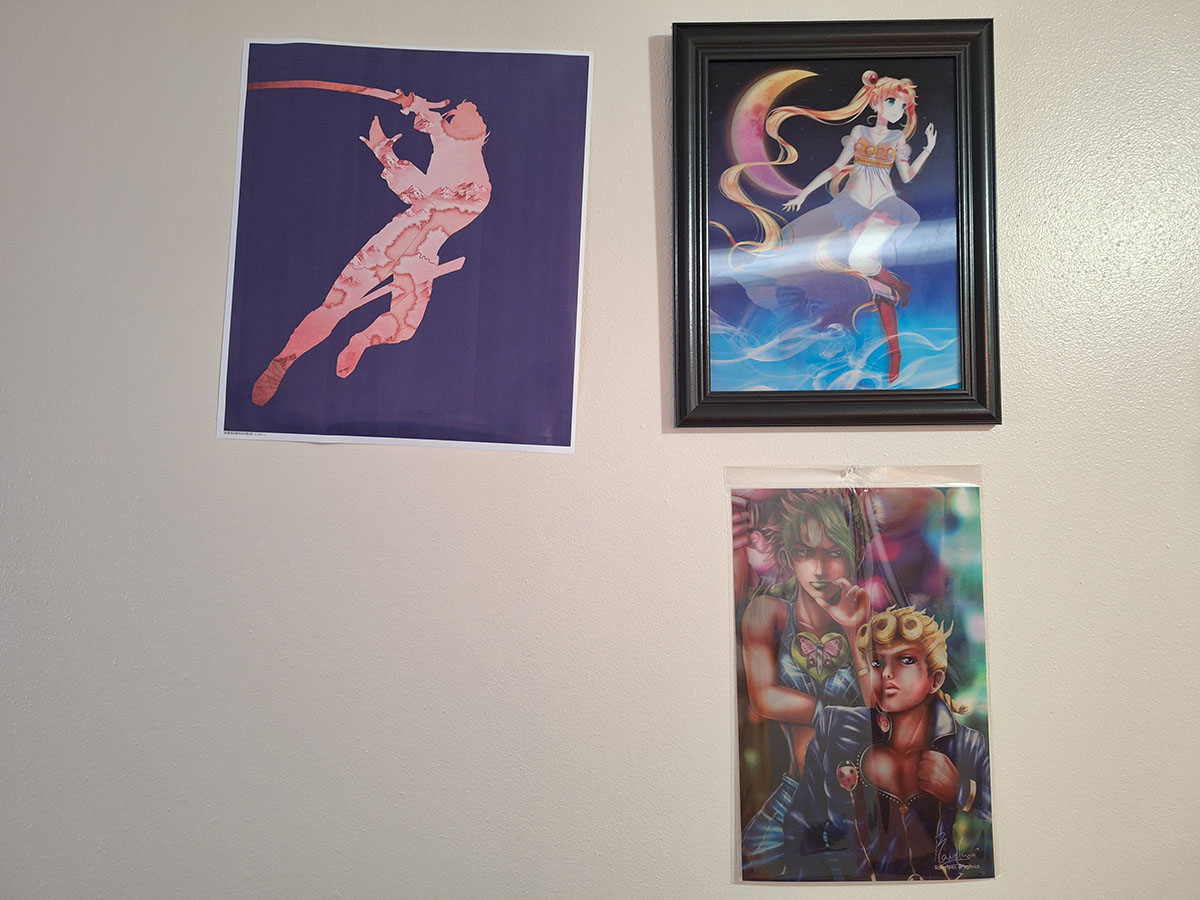Editor’s note: This may be the nerdiest article I’ve ever published. That being said, I stand by it. My deepest apologies.
When it comes to the four seasons, autumn is certainly a fan favorite. I, along with so many others, can’t wait to don my earth-toned outfits, sip apple cider and walk among the colorful trees as leaves crunch beneath my feet.
It’s been that way for me since childhood. I remember the joy of munching on apple cider doughnuts in my favorite sweater while watching the sunset over an orchard.
While these wholesome, cozy memories are undeniably divine, there’s another, perhaps more potent reason why we love fall.
It’s that slight chill as an icy breeze passes through unannounced. It’s the mournful call of geese as they fly south overhead. It’s the lonely silhouettes of naked branches jutting out against a grey sky.
Autumn foreshadows a strange, profound darkness that is to come. As a kid, I remember feeling the anticipation and foreboding that came with the seasons’ change. I think it’s that intrigue, that sinister edge, that ultimately seeps into our souls.
It’s the same darkness that allows the warmth and the light to shine through. In the immortal words of David Lynch, “I believe that in order to appreciate one you have to know the other — the more darkness you can gather up, the more light you can see too.”
It’s upon this principle that Lynch’s masterpiece, “Twin Peaks,” rests.
I have watched this show countless times, yet with each viewing it manages to pull at my heartstrings a little more. If you appreciate the timeless, the unusual, and, of course, the nostalgic, you will fall in love with this piece of cinema.
Lynch, a renowned director known for his mind-bending films like “Eraserhead,” “Mulholland Drive” and “Blue Velvet,” joined forces with fellow director Mark Frost in the late 1980s. The result was “Twin Peaks”: a career-crowning series that helped to shape a generation.
The series intertwines the concepts of good and evil in an intricate and compelling way, breaching the bounds of television ‘genres’ and setting the stage for modern filmmakers everywhere. On top of all that, it’s incredibly campy and absolutely hilarious.
So, pour yourself a ‘damn fine’ cup of coffee, grab a slice of cherry pie and enter the world of Twin Peaks.
At its surface, “Twin Peaks” is a murder mystery. After the first episode aired on April 8, 1990, Americans found themselves asking the same question: “Who killed Laura Palmer?” As the series continued, that first query gave birth to so many others.
Twin Peaks is a small, fictional town set in the mountains of Washington State. Its inhabitants live seemingly quiet, peaceful lives. That all changes when the body of the high school prom queen, Laura Palmer, is discovered on a rocky beach, wrapped in plastic. From that moment on, a long saga of town secrets is unearthed.
In the series pilot, viewers are introduced to over 20 central characters. Each has their own backstory and, in the majority of the cases, extramarital affair. David Lynch doesn’t call the show his ‘soap opera’ for nothing.
First and foremost, we have our series lead: Federal Bureau of Investigation Special Agent Dale Cooper. Coop is a newcomer to Twin Peaks who, upon arrival, becomes totally smitten with the town. He teams up with the local sheriff’s department to solve Laura’s murder.
Cooper’s unconventional methods and oddball tendencies make him a perfect addition to the town of Twin Peaks. Played by Kyle Machlachlan, the agent’s infectious glee coupled with his strong sense of justice have made him a beloved figure in the world of television.
It’s important to note that Cooper is in a deep love affair with coffee. In a manner indicative of Lynch’s overarching message, Coop drinks his coffee ‘black as midnight on a moonless night’ and pairs its bitterness with jelly donuts or cherry pie.
While this may feel like a trivial detail, those themes are deeply embedded in the series. I still can’t hear the opening notes of the theme song without craving a fresh cup of coffee.
As Cooper once said (after ordering yet another cup of coffee), “Every day, once a day, give yourself a present. Don’t plan it, don’t wait for it, just let it happen. It could be a new shirt at the mens’ store, a catnap in your office chair or two cups of good hot black coffee.”
Along with Cooper, “Twin Peaks” is home to dozens of memorable characters.
Some of my favorites (aside from Coop) include Audrey Horne, Nadine Hurley, Log Lady, Pete Martel (played by Jack Nance of “Eraserhead”) and Harold Smith. Each of Lynch’s characters are meticulously detailed. He arranged and rearranged them like chess pieces as he laid out the plot.
Along with its citizens, the town itself is an incredibly complex character. For all its cozy, offbeat charm, Twin Peaks is home to a vast, underlying web of darkness transcending the depths of humanity.
One element that contributes in no small part to this sensation is the series’s stellar soundtrack. With work composed by Angelo Badalamenti and one-of-a-kind, ethereal vocals by the late Julee Cruise, this soundtrack is a rare treat.
Twin Peaks and its inhabitants seem to be caught in a time warp of their very own. While still set in the early ‘90s, the wardrobe, set design and overall style sample from earlier decades.
Those woven together morsels of time contribute to the immersive, otherworldly feeling of watching the show. “Twin Peaks” bundles you up in its comforting glow while simultaneously tearing you apart with its raw emotional tug.
The description I’m giving is merely the tip of the iceberg for this piece of art. For those of you who have made it to the end of this chaotic reminiscence, I highly recommend trying the show and forming your own theories and opinions.
At the very least, I can guarantee that the cinematic experience will be like no other.
Wojahn can be reached at wojahnal@uwec.edu.


